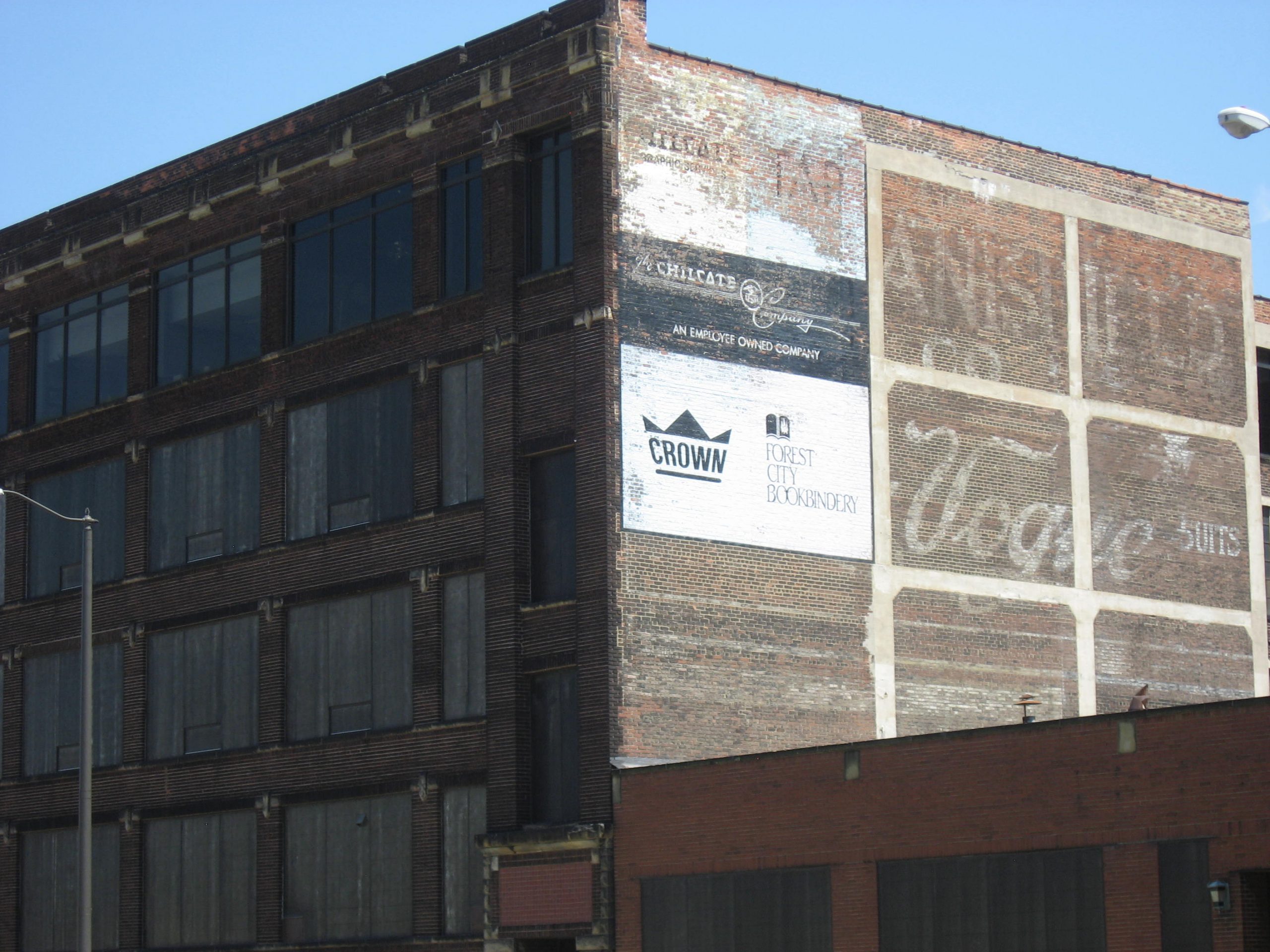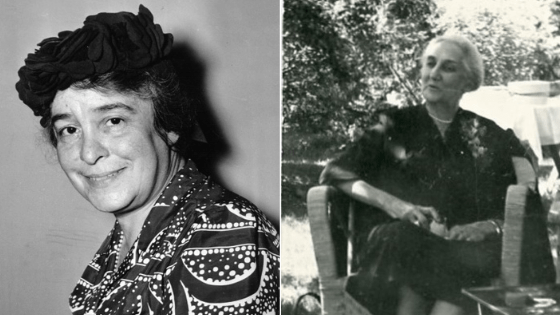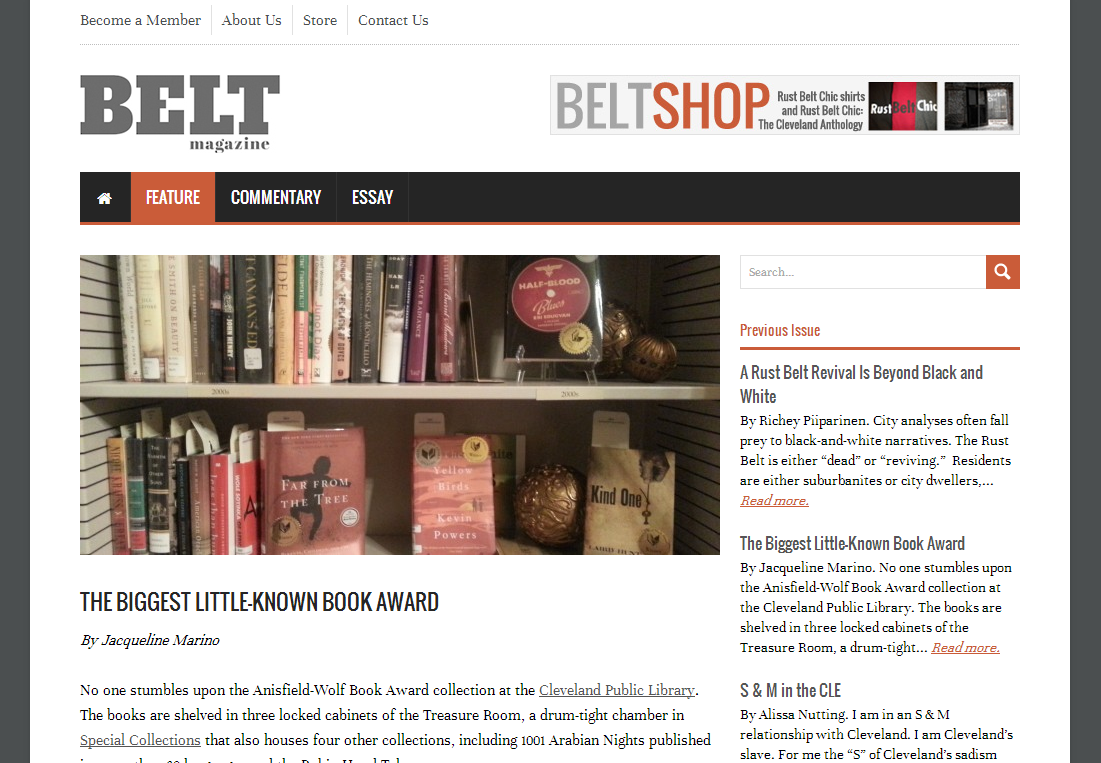Sharp-eyed Clevelanders can still spot John Anisfield’s name on the side of his old garment factory, which employed more than 700 workers a century ago. The clothing manufacturer at E. 22nd and Superior Avenue has been shuttered long decades, but the imprint of Anisfield, his fortune, and his progressive notions carry briskly into the 21st century.
John Anisfield was 16 and nearly penniless when he arrived in Cleveland in 1876, but he had an uncle, Dr. James Horowitz, who was able to place his Viennese nephew into the employ of the D. Black Cloak Company. Young John proved a quick study, rose to become a manager, quit and struck out into garment making on his own, just six years after he set foot in Cleveland.
The Civil War had remade the way Americans clothed themselves, as it remade so much of the country. The U.S. Army had taken millions of measurements of boys and men, begetting a system for sizing men’s clothing. This system and increasing mechanization fueled the ready-to-wear market from the 1860s through the 1880s, which coincided with young John’s arrival.
For approximately a half century after the 1890s, seven percent of Cleveland’s workforce toiled in the city’s garment factories, according to the Encyclopedia of Cleveland History.
Many of the founders and owners were Jews of German or Austrian-Hungarian extraction. Four of the nine founders of the Jewish Federation – the Federation of Jewish Welfare Charities of 1903 – led the local garment-making firms, said Dr. Sean Martin, curator for Jewish History at the Western Reserve Historical Society.
During this fertile period, John Anisfield began inviting his only child, Edith, downtown to his office on Saturdays, where the two would consider the family’s philanthropy. She was just 12 in 1901 when this consultation began – a full 19 years before the country decided to give women the right to vote with the 19th Amendment.
The forward-looking father and precocious daughter (Edith could read French, German, and English) sent money to Mount Sinai Hospital, the first such Cleveland institution to accept patients regardless of creed or color. When John Anisfield died in 1929, his daughter took five years to decide how to honor him: a literary prize that became the Anisfield-Wolf Book Awards.
“The most important legacy of the garment industry is its philanthropic legacy,” historian Martin told a packed audience at the Maltz Museum of Jewish Heritage. “The wealth they generated – not just for themselves but for their employees – is still with us.”



Mark Davidson
December 9, 2013
Thanks for posting this Karen. I can tell you got a lot out of the lecture and enjoyed it. Thanks for “packaging” the experience and sharing it with your readers. I hope our paths cross soon.
kate camobell-lloyd
January 14, 2014
No, I did not know of John or his daughter Edith. I am writing a story from my 25 years of diaries; about our western desert Tanami Luritja family and us….an east coast Aussie white family. My adopted sissy Ada Andy Napiltjari grew up at Haasts Bluff west of Alice Springs in Central Australia’s Northern Territory. Scottish Doctor Duguid was an aboriginal rights campaigner and he won the Anisfield-Wolf Award for his autobiography “Doctor and the Aborigines”. I have yet to read this new found book! What a beautiful man John sounded and how fortunate for Edith to be educated in philanthropy at such a young age. Edith would have found My sister’s of Fire as strong as her. Ada and her sisters took themselves back on to their father’s Karrinyarra lands against all odds and by producing their own paintings and trading mulga dancing boards and artifacts, herbs fruits and fire ash, are able to live on country with their 85 year old mother who was brought to Haasts Bluff when she was knee high, with Pastor Albrecht. The sisters are currently looking for a place to exhibit their 7 large paintings, enabling an independent source of income so they can stay out on their land, at a time when Govt would like to centralize families back into small settlements, against their wishes! Thank you for this post and for me and my writer’s group in FNQld, we will be watching these Awards with interest…to be sure!
kate campbell-lloyd
January 14, 2014
sorry made a mistake with the spelling of my name…it is Campbell for the Scott hyphen Lloyd for the Welsh
kind thanks
Kate